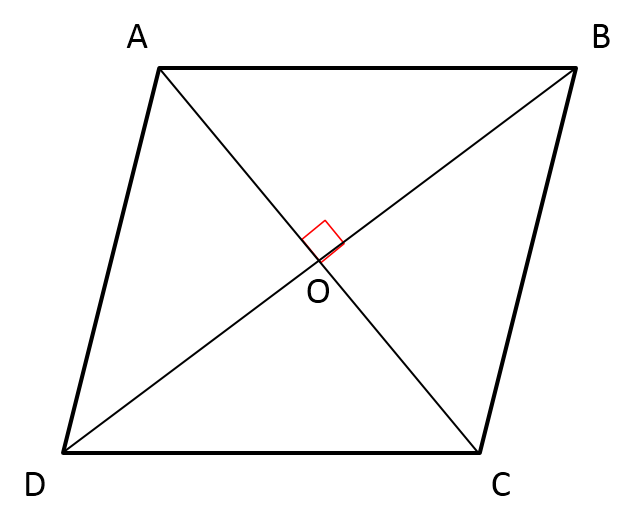
Well, I have no proved that this method provides only and all extreme points.įurthermore, it requires to do the job for each ordering so the complexity is not polynomial. The following general result will eventually be applied to the hypergraph whose vertices. Then I set P(1,0)=0.4 and decrements my counters : 4-dimensional sets: proof of Theorem 1.3. I set P(0,0)=0.3 and decrements my counters : So according to the given information we have to show that the each pair of alternate angles are equal i.e. Finding the intersection between a hyperbox and a hyperplane can be computationally expensive specially for high dimensional problems.

Thus, to project the vector -2 2 3 onto the nonnegative orthant, the following should be. Then, I start with the natural ordering for $x=(x_1,x_2)$ : (0,0), (0,1),(1,0),(1,1) So the given theorem says that when a transversal intersects 2 parallel lines each pair of alternate angle becomes equal to each other so let’s draw the diagram using this theorem. projhyperplanebox, intersection of a hyperplane and a box. Therefore epif is the intersection of a family of halfspaces of the.


Suppose I have 2 variables $X_1$ and $X_2$ and 2 marginal constraints : By the separating hyperplane theorem, there is a hyperplane. Sort the $x \in val(\chi)$ in that order.Īttribute to each x in turn the highest valid probability P(x) In a triangle A B C, the bisectors of B and C intersects each other at a point O, Prove that B O C 90 o + 1 2 A. Repeat for each ordering of $x \in val(\chi)$ We show first that each vertex of the solution polyhedron H is a. What theorem can be used to prove two lines are parallel Theorem 10.8: If two lines are cut by a transversal so that the alternate interior angles are congruent, then these lines are parallel.Geometry. So far, I have devised a simple but fastidious way to identify extreme point :Ĭreate counters for each marginal constraints boundary one, the intersection of the hyperplane Ai:x bi with the set H is. Only the height of a REGULAR tetrahedron intersects the centroid of its base. The question is how find the extreme points of that polytope, the number of those points (or an upper bound of that number) and (that would be great) an algorithm enabling to find neighbour extreme point from any extreme point. Answer: How do you prove that the height of a tetrahedron intersects the centroid of its base You cannot prove it. Its dimension is $card(val(\chi))-1-N=2^n-1-N$ where N is the number of additional linear constraints. rutasirdeshmukh rutasirdeshmukh Answer: 1. The space that is valid for all my constraints is a convex polytope. 1 See answer Without brainly I won’t survive Rsm lol Yesss I am in 6th as well yes without brainly, rsm would be impossible Advertisement Advertisement SUG4RD0LL is waiting for your help. In a vectorial space (over $\mathbb(P(x)=C)$ where S is the subset of $val(\chi)$ compatible with $X_i=x_i,X_j=x_j, \dots ,X_k=x_k$ Please observe that the value of y is the only coordinate that changes on this line and because the domain of #t# is # the value of #y_1# does not matter, therefore, we shall choose #y_1=0#įor the same reason, we can, also, change the -1 to 1:Įquation is the vector equation of the line.Note : Having spent some time over the original problem below, I saw that it can be boiled down to a simpler problem. The vector along the intersection of the two planes must be orthogonal to both planes, therefore, we may compute the vector using the cross product: The orthogonal vector for the plane #z = -5# is:

The orthogonal vector for the plane #x = 0# is: Start with the vector form for the equation of a line:


 0 kommentar(er)
0 kommentar(er)
